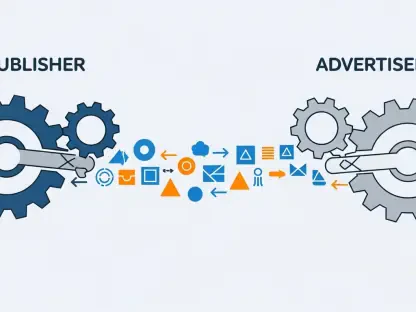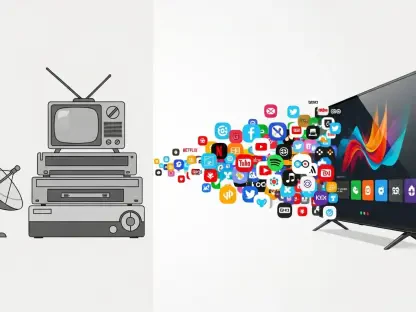The cable industry was once dominated by regional players with massive territories, each managing its own business with unique strategies. In an unexpected twist, Charter and Cox Communications have united to form a powerhouse that challenges the very structure of cable operations in the United States. The merger not only raises questions about market dominance but also about consumer choice and service diversity in an era of digital transformation.
In a landscape where streaming platforms are revolutionizing media consumption, this merger stands as a pivotal moment. The combined entity will serve 37.6 million customers and cover a footprint that spans 69.5 million homes and businesses, signaling a massive shift in market dynamics. Consumers and industry players alike are left pondering how this union will affect service quality, pricing, and competitive tactics.
The Significance of a Pioneering Collaboration
This merger arrives at a time when digital content consumption is shifting from traditional formats to on-demand streaming. The partnership between Charter and Cox is significant as it symbolizes a proactive response to these changes, aiming to fortify their market positions while offering integrated services such as mobile and broadband communications, alongside video entertainment. The scale of this merger prompts serious discussion regarding its implications on both the competitors and consumers, as the traditional cable industry battles the streaming giants for user engagement.
By joining forces, Charter and Cox aim to enhance efficiencies and expand their influence across the country. However, such consolidation also raises concerns regarding monopolistic behavior and decreased competition, which may translate to limited choices for consumers. These concerns resonate particularly within the context of service pricing and quality—an area where both companies will need to deliver tangible improvements to satisfy skeptical customers.
Inside the Charter-Cox Merger Dynamics
The intricacies of this $34.5 billion merger involve both logistical and strategic challenges. The union leverages Charter’s operational expertise, including its established Spectrum brand, merging with Cox’s existing framework to create a unified experience for users and employees alike. This synergy is expected to streamline operations and improve service offerings across the board.
Past successful mergers, such as Charter’s acquisitions of Time Warner Cable and Bright House Networks, offer a blueprint for navigating these complexities. These precedents underscore the importance of effective integration, a task requiring precise execution to realize the full potential of the merger’s strategic advantages. Notably, the combined company will be named after Cox, symbolizing continuity for the Cox legacy.
Diverse Perspectives on a Transformative Deal
Jonathan Chaplin of New Street Research notes the intricate operational hurdles inherent in integrating such expansive networks, emphasizing the significant effort required to align Cox’s systems with Charter’s strategies. This move is described as an evolution for Cox, traditionally resistant to acquisition. Expert voices highlight both the risks and rewards of such a large-scale consolidation.
Blair Levin from New Street Research indicates that regulatory concerns may be minimal, given the non-overlapping territories. However, the consolidation may still face scrutiny over potential impacts on service diversity and pricing. The historical context of previous telecommunications mergers, marked by strict regulatory conditions, serves as a crucial point of reference in anticipating potential hurdles.
Strategic Outcomes and Future Prospects
Post-merger, one can anticipate strategic shifts in service offerings, particularly in Charter’s mobile services expansion, exploiting Cox’s markets where mobile penetration is lower. With a shared MVNO partner in Verizon, the transition promises smoother operational integration. This presents a fertile opportunity for growth amidst the competitive landscape challenged by fiber networks and fixed wireless services.
Advancements in technical infrastructure are key, with ongoing upgrades in network capabilities that support increasing demands for internet services. These efforts align with federal initiatives to expand digital infrastructure in rural areas, showcasing the potential for positive consumer impact. However, caution remains prevalent regarding the regulatory uncertainties associated with these expansions.
In summation, Charter and Cox’s amalgamation sets a precedent for transformative change in the cable industry. While the merger’s success relies on proficient operational integration and regulatory navigation, it promises to redefine service standards and elevate consumer experiences across the United States. Strategies enacted today are poised to catalyze industry shifts, demanding attention to operational efficacy and service innovation to harness the merger’s full potential in reshaping market dynamics and enhancing consumer engagement in an ever-evolving digital ecosystem.









